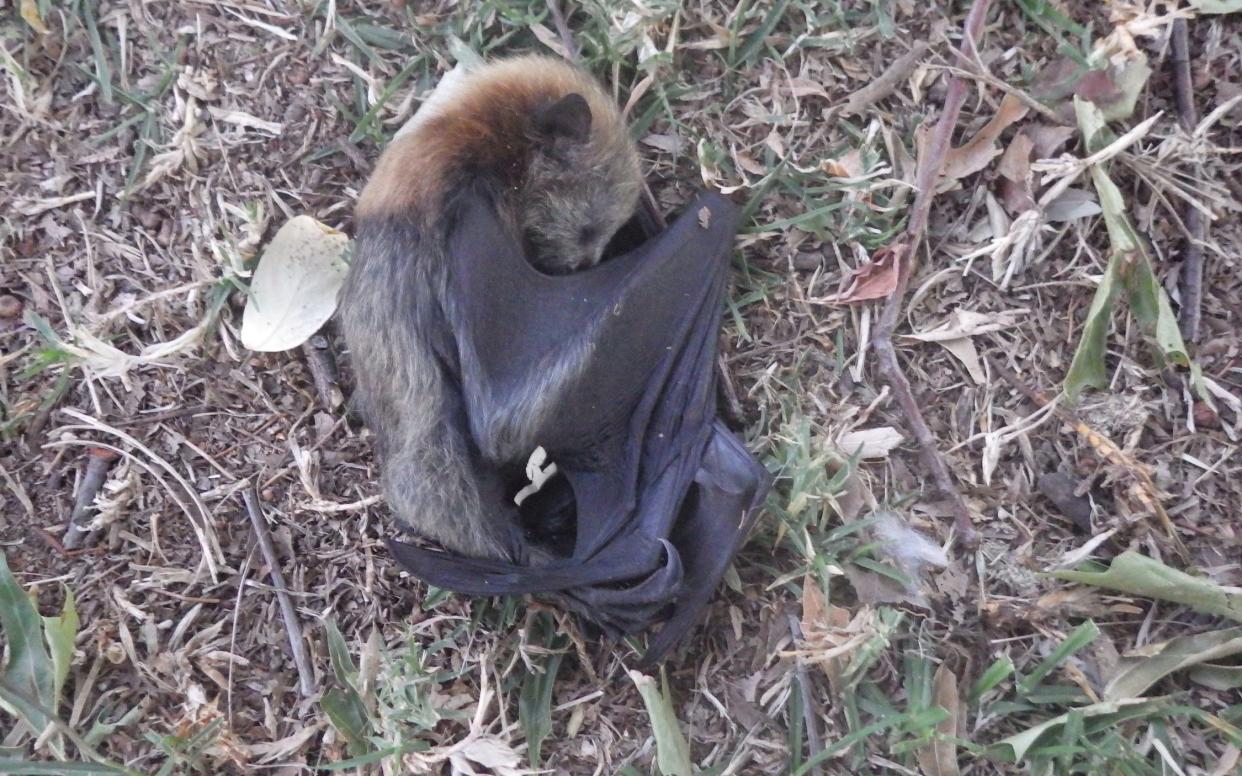Thousands of litres of drinking water stolen as Australian wildfires threaten flying foxes

Australia’s severe drought and wild fire crisis is having a dire impact across the country in a range of ways, with reports of water theft and also a threatened species being pushed to the brink of extinction.
New South Wales police are investigating the theft of about 25,000 litres of water from a council property in Murwillumbah, on the state’s northern coast.
Northern New South Wales has been suffering months of historically poor rainfall and a bush fire crisis, with more than two million hectares burnt through since July, six people killed and several hundred homes destroyed.
Local police said offenders used a water tanker and a Toyota utility to steal the water, an act Detective Chief Inspector Luke Arthurs described as “shocking”.
“This kind of theft is not acceptable,” he said.
In southern Queensland, which has also suffered extreme drought and bush fires, more than 1,000 litres of water were stolen from firefighters last weekend.
Woodhill Rural Fire Brigade First Officer Ben Heilbronn told the Australian Broadcasting Corporation that the theft was “a sign of the desperation and the dire need that rural communities have for water” and reflected “just how low the average household tanks are”.

The extreme climate has also hit animal populations, including the grey-headed flying fox. Thousands of young flying foxes have been abandoned by their mothers because the drought and wild fires have hampered their ability to produce milk for their offspring.
A threatened species, the grey-headed flying fox is one of the world's largest bats, with a wingspan of up to a metre.
Hugh Pitty, an Australian ecologist who monitors a breeding colony in the east coast town of Bega, said the drought caused the initial food shortage and the fires have made the situation worse.
"The young ones have been abandoned by their mums, who don't have enough nourishment to produce any milk… That has led to them having to abandon the flying fox pups. We just find them on the ground underneath the trees in the park,” he said.
Janine Davies, an official of the Shoalhaven bat clinic and sanctuary, said the grey-headed flying fox plays a vital role in the health of the forest as night-time pollinators.
She said the fall in bat numbers would have an adverse impact on “all the other animals that are dependent on the trees they pollinate - parrots, possums, koalas”.

 Yahoo News
Yahoo News 
